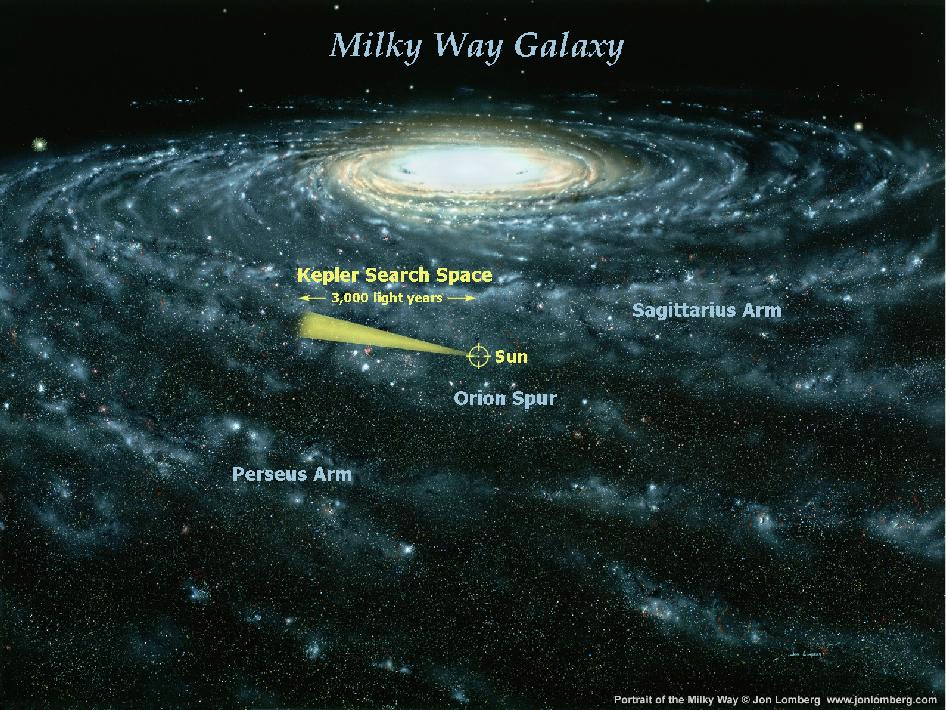It seems the name “Kepler” carries with it a certain weight of great discovery. First Johannes Kepler, who revolutionized conceptions of the laws that govern the “celestial spheres” in our night sky, and then his name was passed onto the Kepler mission, which has, as of August 17 2012, discovered 2321 planet candidates (the fidelity of this sample was calculated by Exolab’s Tim Morton here). Only 20 years ago, the existence of exoplanets was still a hazy theory.
The Kepler mission has been specifically designed to focus on one area of the galaxy and find Earth-sized terrestrial planets in the habitable zones of their host stars using the transit detection method. It simultaneously measures starlight from more than 100,000 stars in its field of view! From the transits that Kepler detects, we can use the laws that Kepler devised to determine orbital and planet sizes. During its lifetime, it will use the information it collects to calculate exoplanetary temperatures, make estimates of planetary size and mass distributions throughout the Galaxy, and learn more about planets in multiple star systems. In addition to putting together pieces of the planet formation puzzle, we will then have a better picture of our own context within the planetary system spectrum in this Galaxy.
Like any new technology or mission, Kepler came with many other unforeseen benefits. It gave new life to the field of astreoseismology, as the ultra-precise light curves from Kepler allow us to measure the minute pulsations of certain stars. This gives us independent measurements of the density, mass and age of these stars. Much of what we know about planets comes from our knowledge of their host stars, and thus this seemingly tangential science pursuit is completely relevant to planet-finding.
 |
| Kepler's field of view. From www.kepler.nasa.gov |
All technical details aside, scientists hope that the Kepler mission will give us insight into properties of planets that may be similar to ours, and perhaps into our own origins. The sheer act of finding thousands of terrestrial planet candidates is philosophically astounding: the paradigm shift is drastic, and we have come so far from thinking we are the center of the universe.
Another great post, Lori! Another "side benefit" of Kepler is its discovery of thousands of eclipsing binaries, which provide direct, model-independent mass and radius measurements of the two stellar components. Kepler has also provided new insights into all forms of stellar variability, including RR Lyrae pulsators, star spots, and even a highly-eccentric eclipsing binary with components that get so close to one another at periastron that they "pluck" each other and vibrate like guitar strings:
ReplyDeletehttp://arxiv.org/pdf/1102.1730v2.pdf